There is a saying in Kerala which goes ‘the jasmine in one’s own backyard lacks fragrance.’ A Keralan for forty years, I laid my eyes on it for the first time last week – that too from an open balcony, unable to stretch anything more than my line of vision. I just had the heartiest lunch at my sister’s new home a few kilometres away from it. While I have listened with rapture to narratives of the Sacre-Coeur, still remember looking up appalled at the gargantuan ‘Creation’ fresco on the Sistine Chapel ceiling decades ago, read about the expansive grandeur and tucked away splendour of East European churches, this one right next door I had barely heard of.
The St Joseph’s Chapel in Aluva, more popular as Mangalappuzha Seminary is nearly seven decades old. Its classic Gothic architecture, delicate towers, lofty arches, intricately detailed life-size statues in marble, baroque angels, oversized artistic windows, stained glass works imported from London – none of these I think have been adequately featured in popular writing, even splayed across tourism brochures. Most eulogies you’d find on the Web are literal praises sung by nostalgic alma mater. The crenelated silhouette in an afternoon sun is a bonus.
Muslim housewives in burqas and sneakers were doing brisk rounds of the shady avenue that led to the Seminary; probably shoring up on energy reserves before office and schools got over. The path led to an ancient building with a small veranda flanked by short red balustrades and curlicue, pewtery pillars. Though the main door was shut there were tailors inside busily churning out new cassocks for the Easter Mass. The St Joseph’s Seminary is a major training centre for those in the liturgical call. A banner next to it announced a stay-in ‘Laymen’s Spiritual Retreat’ to culminate with the Resurrection. Swanky cars were parked in the chapel compound and ‘achayans’ milled around probably mulling escape plans if the going got too austere. Those who mustered enough courage to register were rewarded with pillows.
A tessellated pavement circumvented a small garden with a fountain and an angel – bland compared to the ornate finery in the backdrop. After a short flight of steps is the chapel – searing skyward in finely cut granite. The chapel website says that while the architects wanted to retain the vaulted ceilings innate to Gothic style, they wanted to dispense with the solid walls which left little space for windows and the interiors dark. The Seminarians in particular and believers generally, it is understood, preferred their places of worship well-lit. The white marble of the sanctum sanctorum further brightens up the interiors – a masterwork in 24 tons of Italian Carrara marble featuring florid carvings and rococo floorings by craftsmen brought in from Rome. Large windows also mean airy – handy during the blistering Kerala summer.
The stained glass windows are among the finest anywhere – a kaleidoscopic representation of saints chosen for their appropriateness in the training for priesthood. These were made by the UK firm Goddard & Gibbs who are also behind the stained windows adorning institutions like the English Parliament and the Canterbury Cathedral. Unlike most chapels there are not many paintings inside the St Joseph’s except for one in the sanctum. This also helps not to take away the worthy attention from the stained glass windows. Another noteworthy exception which won my heart was the missing alms boxes labelled with sundry reasons and recipients.
Our band strikes midnight tunes with extraordinary neatness and ability. The Infant Babe smiles at us while He is carried in procession to the chapel amidst the ‘Adeste Fideles’ with lighted candles all over the wayside. (‘Caritas,’ St Joseph Apostolic Seminary magazine, Aluva, 1938)
Somnolent hymns hung in the air that sultry afternoon. The famed church choir was practicing for the Big Sunday. I was tempted to snooze a bit like some elderly regulars smattered around. But the magnificence – and its sublime rendition – was too overwhelming.

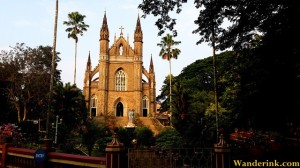
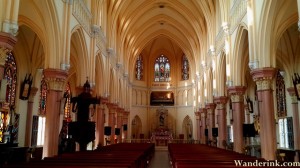

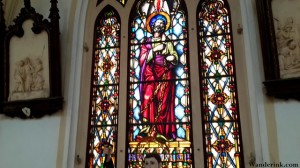
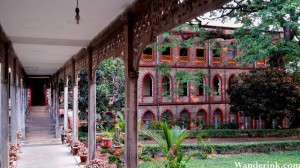

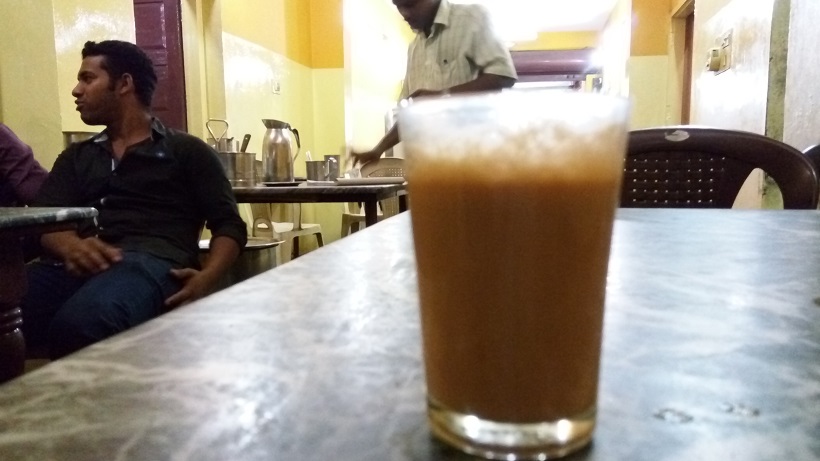
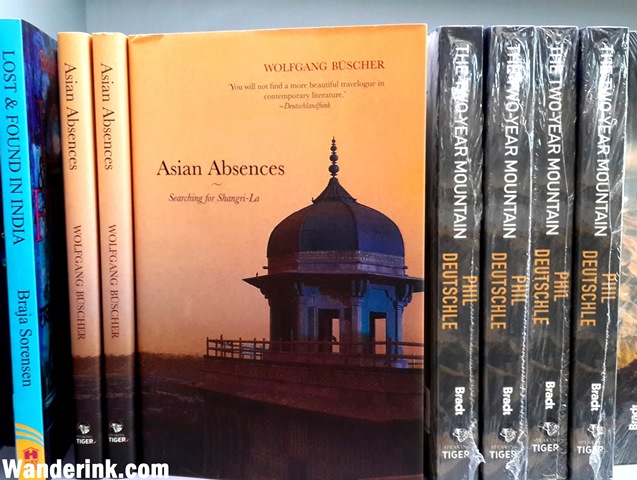

2 Comments
Kalpana
What a gorgeous Chapel. Happy to have seen it through your eyes.
Admin
It is indeed lovely. Do take time out to see it anytime in Kerala. Happy to share directions 🙂